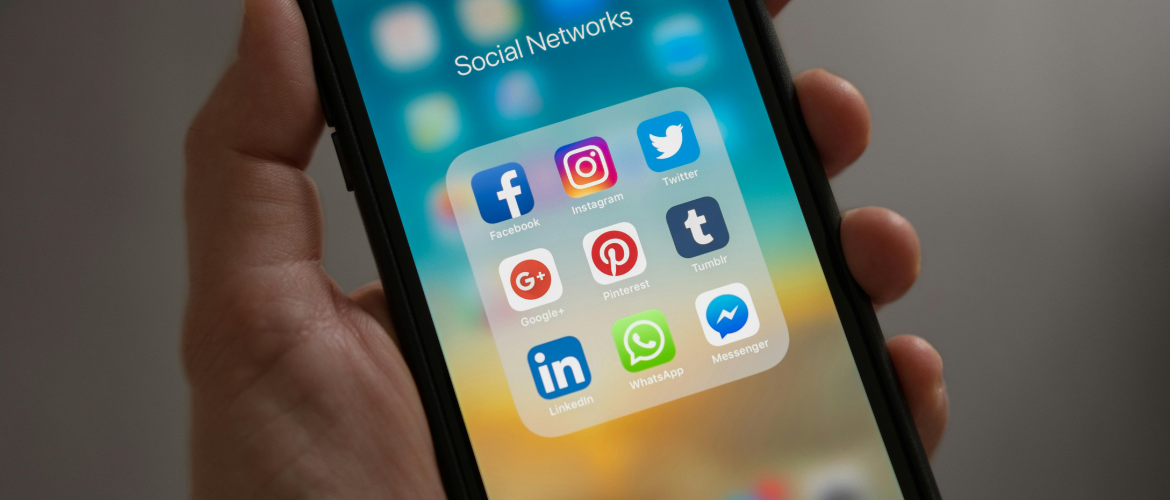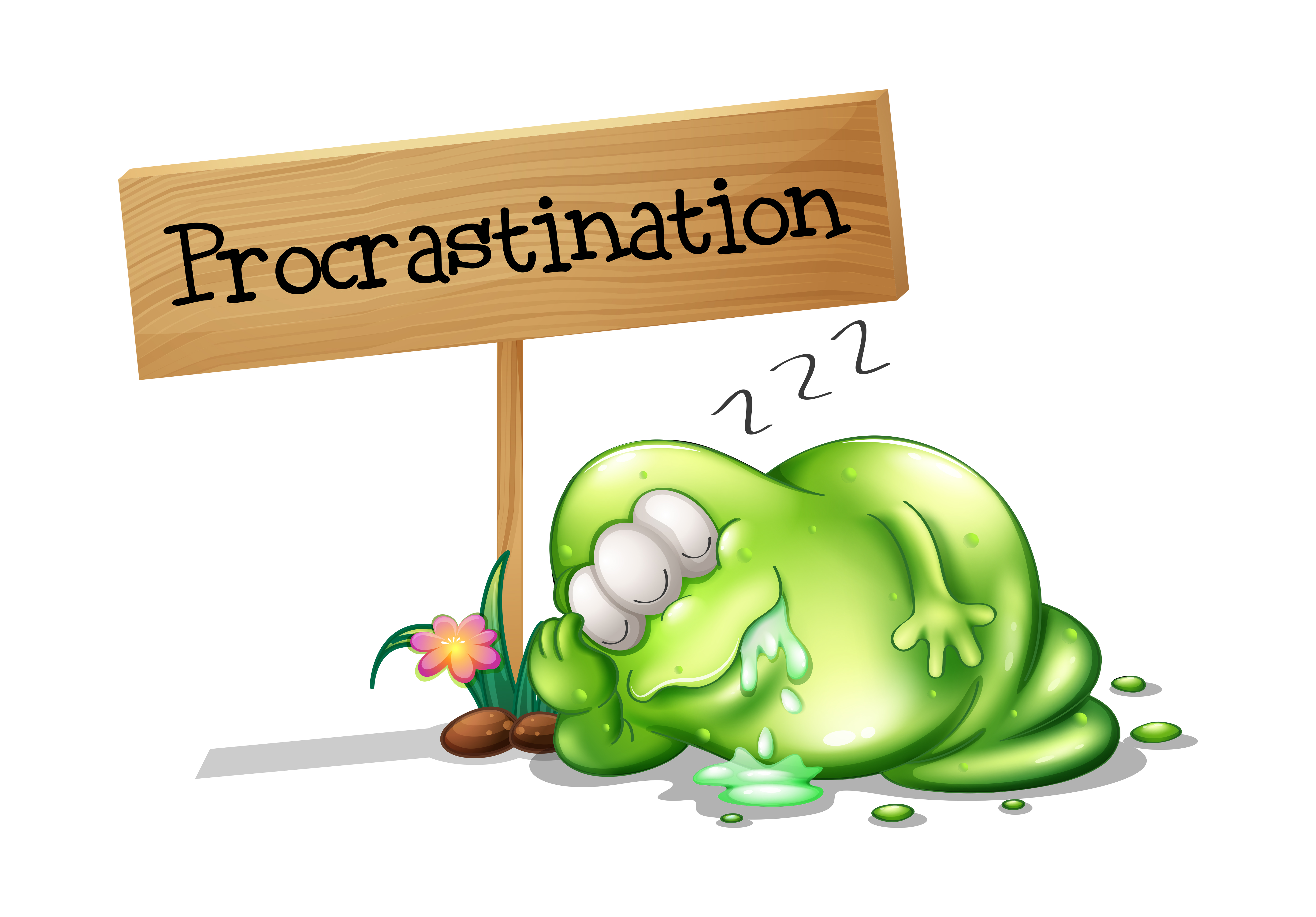Body language is the unspoken dialogue that happens in every interaction. A firm stance can command respect, a hesitant gaze might signal uncertainty, and a simple nod can reinforce authority. In an environment where clear communication is critical, mastering nonverbal cues is just as essential as knowing your job.
Imagine stepping onto a new ship for the first time. You haven’t spoken a word yet, but the crew is already forming opinions about you—Are you confident? Nervous? Experienced? All of this is communicated before you even introduce yourself.
For seafarers, where clear and effective communication is essential for safety, teamwork, and leadership, mastering body language can mean the difference between gaining respect or being overlooked.
- The 55/38/7 Formula

This means that even if your words are perfect, the way you stand, move, or gesture could make or break your message. Onboard, where different nationalities and languages mix, body language often carries more weight than words.
- The Five Roles of Body Language
- Repetition: Body language can reinforce what you say, making it more convincing.
- Contradiction: Your body language can betray your words if they don’t align.
- Substitution: Actions Speak Louder than Words. Sometimes, words aren’t necessary—body language alone can convey the message.
- Complementing: Supporting words with body language makes them more impactful.
- Accenting: Certain gestures or postures emphasize key points in communication.
- Types of Body Language
- Facial Expressions: Your Face Tells the Story
Example: A Chief Officer briefing the crew might say, "This inspection is routine," but if his eyebrows are furrowed and his lips are pressed tight, it betrays underlying tension, signaling that something might be wrong.
Dilated pupils indicate interest, while a clenched jaw signals stress. A smirk, rather than a genuine smile, suggests sarcasm or doubt.
- Body Movement and Posture: Confidence or Doubt?
Example: A captain standing tall with shoulders back and feet firmly planted exudes authority, whereas a slouched officer with hands in pockets may seem disengaged or uncertain.
Leaning in shows engagement, while crossed arms suggest defensiveness. Shifting weight signals nervousness or impatience.
- Gestures: More Than Just Hand Movements
Example: A senior engineer discussing a serious issue might point firmly at a faulty part, reinforcing urgency. Meanwhile, excessive hand-waving during a report can distract rather than clarify.
Open palms signal honesty, while finger-pointing conveys authority or aggression. Hand-rubbing reflects anticipation or nervous excitement.
- Eye Contact: The Silent Communicator
Example: A manager who avoids eye contact while saying, "You’re doing a great job," might seem insincere. On the other hand, a subordinate staring too intensely at their boss can come across as confrontational.
Brief but steady eye contact shows confidence and attentiveness. Avoiding eye contact signals discomfort or dishonesty. An overly intense stare conveys aggression or dominance. Looking up to their left suggests visual recall, while up to their right indicates imagination or fabrication. Side-left eye movement reflects remembering sounds, whereas side-right suggests creating unheard sounds.
- Touch: The Power of Physical Connection
Example: A captain placing a hand on a junior officer’s shoulder while saying, "Good job today," can boost morale. However, an unwanted or prolonged handshake might make someone uncomfortable.
A firm handshake signals confidence and professionalism. A pat on the back shows encouragement.
- Space: The Unspoken Boundaries
Example: A Chief Officer standing too close while reprimanding a cadet might come across as intimidating, while a respectful distance shows professionalism.
Leaning too close signals intrusion or dominance. Standing too far away shows disinterest or detachment. Mirroring distance reflects respect and connection.
- Voice: More Than Just Words
Example: A supervisor saying, "We need to talk," in a calm, measured tone signals a constructive discussion, but saying it in a sharp, rushed tone might trigger anxiety or defensiveness.
Slow, controlled speech conveys authority and composure. A rising tone at the end suggests uncertainty. A monotone voice reflects boredom or lack of enthusiasm.
Can Nonverbal Communication Be Faked?
Body language is instinctive and largely subconscious, making it difficult to fake convincingly. While someone can try to control their expressions and gestures, inconsistencies between their words and nonverbal cues often expose the truth.
How to Improve Nonverbal Communication
Hack 1: Learn to Manage Stress in the Moment
Under pressure, body language can unintentionally reveal stress—tight lips, rapid blinking, or fidgeting can make someone seem unprepared or insecure. Managing stress helps in maintaining composed and confident body language. Practice deep breathing to maintain composure. Pause before reacting to control impulsive expressions. Relax your shoulders to prevent a tense posture.
Hack 2: Develop Your Emotional Awareness
To interpret body language accurately, it’s essential to recognize your own emotions and how they affect your gestures, tone, and expressions. Observe how your emotions influence your gestures. Mirror others subtly to build rapport and connection. Practice self-awareness to control negative nonverbal cues.
Hack 3: Better Read Body Language
Being able to decode subtle nonverbal cues enhances communication and prevents misunderstandings. Pay attention to micro-expressions. Look for mismatched words and gestures. Use active listening techniques—like nodding and mirroring—to encourage engagement.
The Importance of Body Language at Work/Onboard the Ship
Body language enhances workplace communication by building trust, resolving conflicts, and strengthening leadership presence. Positive gestures, eye contact, and open postures foster collaboration and rapport. Leaders who project confidence through body language inspire teams without intimidation. In diverse environments, understanding cultural differences in nonverbal cues ensures smoother interactions. Mastering body language can also boost career growth by reflecting confidence and professionalism.
Conclusion
Strong body language improves teamwork, leadership, and career prospects. It helps diffuse conflicts, enhances collaboration, and builds trust. By mastering nonverbal cues, professionals create a positive, engaging, and efficient work environment.




